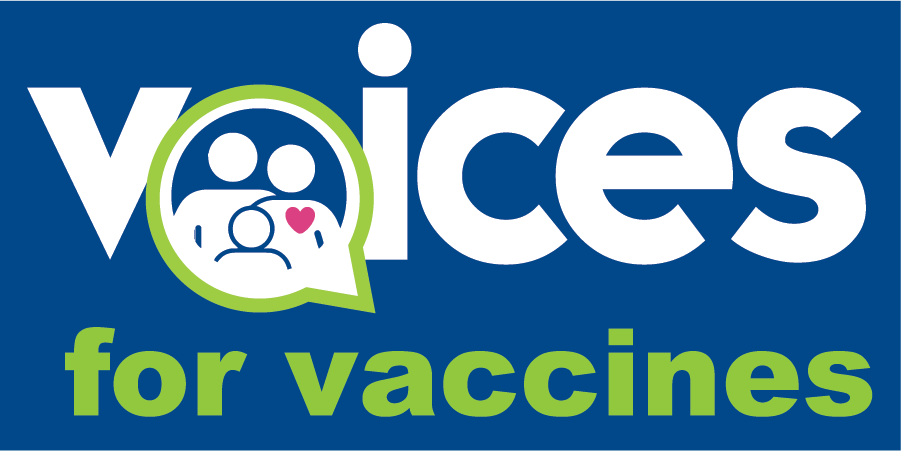The Claim:
A lawyer has taken to Twitter claiming that mRNA vaccines will change your DNA and that they aren’t even vaccines.
The Facts:
While some forms of mRNA technology are used for gene therapy, mRNA vaccine technology, such as some COVID vaccines, does not. So what is mRNA and how is it used in vaccines?
DNA is the whole of the genetic instructions for the development, functioning, and growth of every system in your body. It is housed in the cell’s nucleus (and in almost every cell in your body) which is surrounded by a nuclear membrane, separating the DNA from the rest of the cell.
Since DNA is kept separate, messenger RNA (mRNA) is produced to bring individual instructions to the rest of the cell. The mRNA can cross the nuclear membrane through the pores that allow for selective transport into and out of the nucleus. Generally, mRNA can exit but cannot re-enter the nucleus. Before it exits the nucleus, it is essentially given a one-way ticket that allows it through the membrane, and as it passes through, that ticket is removed, so it cannot re-enter the nucleus. It’s the opposite of Hotel California.
The mRNA vaccine does not have a ticket to enter any cell’s nucleus. Without a ticket, it isn’t getting to anyone’s DNA and it certainly isn’t changing it.
But did they change the definition of vaccination in order to sneak in fake mRNA vaccines and trick us all? The definition was changed in 2018 (prior to COVID and its vaccines), but those changes were to increase understanding of what vaccines do. The former wording, “a product that stimulates a person’s immune system to produce immunity to a specific disease, protecting the person from that disease,” could incorrectly imply that all vaccines are 100% effective in preventing disease. No vaccine protects against disease 100% of the time.
The new definition, “a preparation that is used to stimulate the body’s immune response against diseases,” much more accurately describes what vaccines do. This isn’t trickery. We have always known that some small percentage of people receiving vaccines could still be sickened by a disease, but that their course of illness would likely be milder. See: influenza or even measles.


